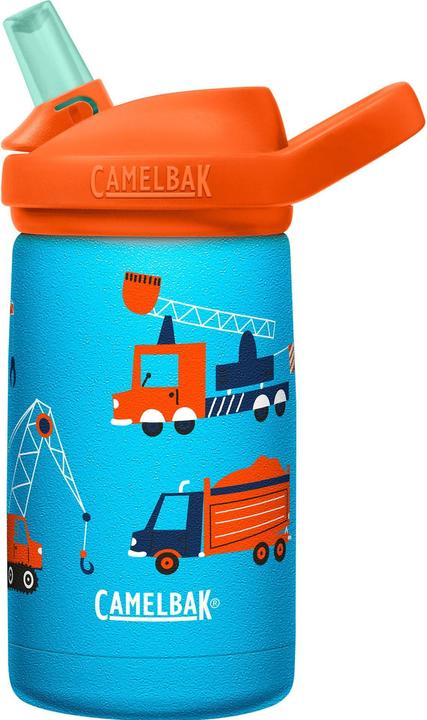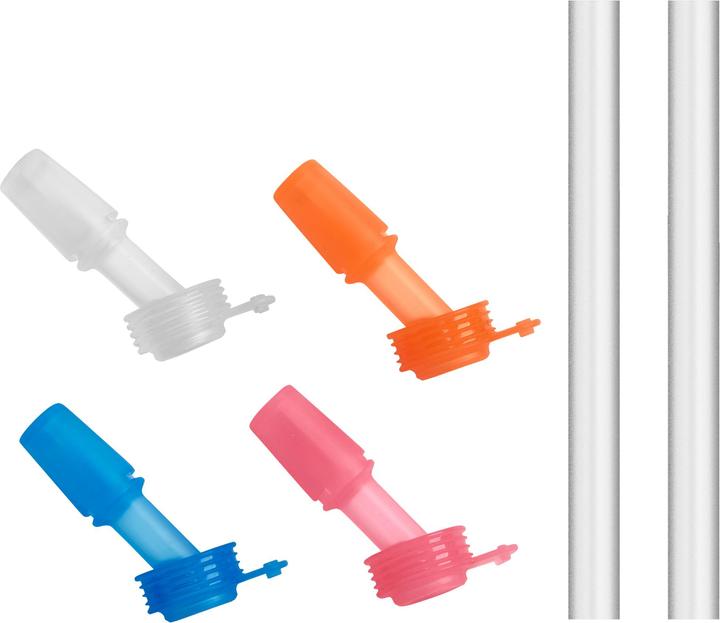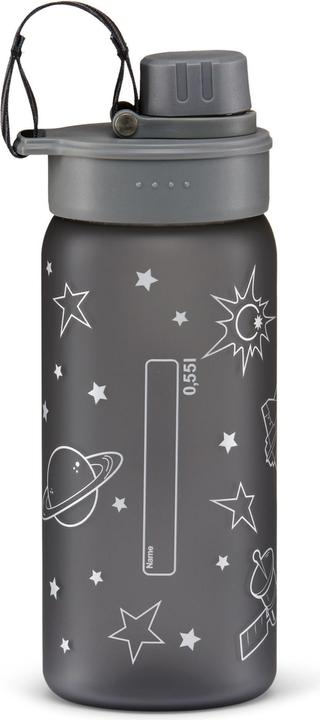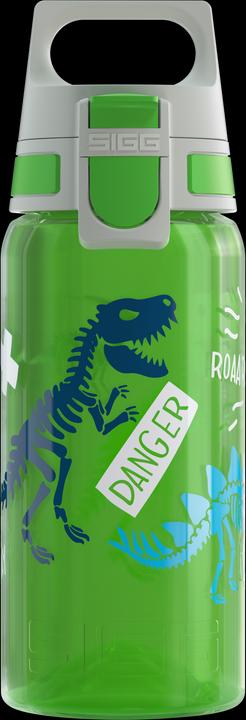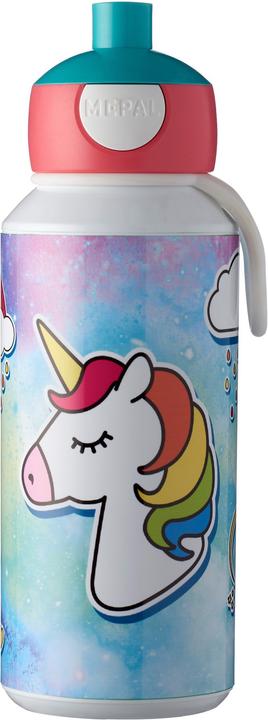

Review of kids’ water bottles: most are good to very good
Parents are always on the lookout for the ideal kids’ drinking bottle. They need to be practical, leak-proof, robust and, last but not least, free from harmful substances. Recent reviews give us peace of mind.
Where have all our five-year-old daughter’s water bottles disappeared to again? I find one on the sofa behind a cushion, one in the car next to her seat and she’s currently sucking on the third. Since Zoe has been able to drink independently, her bottles have come everywhere with us – either for her to use or us to spend our time looking for them.
Before we bought Zoe’s first water bottle, we did some research to find the best one for her. In the end, we opted for Camelbak’s Eddy+ Kids. Thus far, we’ve only had good things to say about plastic (Tritan) and stainless steel bottles. At times Zoe chewed through the bite valve and straw, but the good thing is, these can be replaced.
Coming up trumps
Given my own experience, I’m all the more excited to find out the results of «Öko-Test»’s review. The German consumer magazine tested 19 kids’ water bottles (site in German), including their ease of use, break resistance and contents. And lo and behold, «Öko-Test» recommends Zoe’s trusty drinking bottle from Camelbak, giving it an overall rating of «very good», along with ten other models in its review. They receive good marks across the board in all of the test categories.
Good to poor
What’s particularly noticeable with a lot of plastic bottles is that testers deduct points because the water tastes bitter, soapy or like plastic and solvents. With three models, it’s so significant that the bottles only warrant a «good».
Having said that, «good» is still a lot better than «poor», which is «Öko-Test»’s verdict for three other kids’ water bottles. They either leak, don’t pass the drop test or their drinking cap has flaws when it comes to durability.
Classed as «poor»: the spout on this model broke off during the drop test.One bottle, two verdicts
The Lässig kids’ water bottle proves to be a special case. The screw cap model gets a score of «very good», but the sports closure is one of the poor models in this review, as «Öko-Test» found the closure leaks. The handy thing is you get both caps when you order the bottle.
Failed due to harmful substances
«Öko-Test» was pleased to note that almost all the bottles they put to the test were free of harmful substances. But you always get exceptions. The lab detected bisphenol A in a model without an age recommendation that was bought from a discount store. When tested on animals, this synthetic substance affected hormones. What’s more, a study showed that bisphenol A is genotoxic, even in low concentrations. In other words, it’s a substance that your child should never absorb. In 2011, bisphenol A was banned in the EU in plastic bottles for babies and toddlers up to the age of three. In Switzerland, this only came into place at the end of 2020.
The second bottle, which fails as «unsatisfactory» and also comes from a discount store, doesn’t contain any harmful substances. However, the water apparently smells so awful that several tasters decided not to try it. «The reviewers who still had the bottle to test it described the taste of the water as musty and bitter,» writes «Öko-Test». Worst of all, because of the child-favourite Paw Patrol motif on the bottle, it’s probably already a fixture in many homes. Cheers, I guess?

Source: Patrick Vogt
Plastic or metal
As well as testing individual kids’ water bottles in depth, «Öko-Test» also looks at more general points. For example, which material bottles should be made out of. Unfortunately, consumer magazine «Öko-Test» doesn’t give a clear-cut answer here. Instead, it explains there are advantages and disadvantages to both metal and plastic bottles. While stainless steel versions are durable and tasteless, some consumer protection organisations have found in a study that they have the largest ecological footprint, as substances used to make them are harmful to the environment. Plastic bottles, on the other hand, can easily absorb other odours and contain harmful substances such as bisphenol A. But they are light and generally robust.
Cold, clear water
We only put unsweetened tea or water into our daughter’s drinking bottles so we prioritise Zoe’s health (site in German) as well as bottle hygiene. With sugary drinks or fruit juices, residue sticks to the bottle, straw and spout if you don’t clean everything thoroughly. Of course, even with unsweetened tea and water, you have to wash out the bottle regularly – it’s just a lot easier to do. Most kids’ water bottles are also dishwasher-safe. In fact, we usually put Zoe’s bottles in the dishwasher. Then I simply rinse them thoroughly with water before using to remove any detergent residue that could be on them.
Which water bottle does your child use? Have you had a good experience with it? Let me know in the comments.
I'm a full-blooded dad and husband, part-time nerd and chicken farmer, cat tamer and animal lover. I would like to know everything and yet I know nothing. I know even less, but I learn something new every day. What I am good at is dealing with words, spoken and written. And I get to prove that here.
